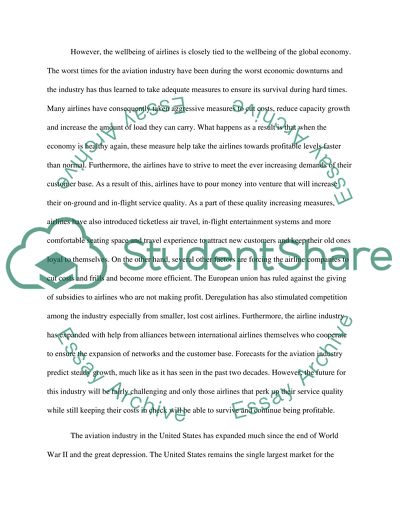Cite this document
(“Marketing Within The Airlines/Aviation Industry Essay”, n.d.)
Marketing Within The Airlines/Aviation Industry Essay. Retrieved from https://studentshare.org/marketing/1399690-marketing-within-the-airlines-aviation-industry
Marketing Within The Airlines/Aviation Industry Essay. Retrieved from https://studentshare.org/marketing/1399690-marketing-within-the-airlines-aviation-industry
(Marketing Within The Airlines/Aviation Industry Essay)
Marketing Within The Airlines/Aviation Industry Essay. https://studentshare.org/marketing/1399690-marketing-within-the-airlines-aviation-industry.
Marketing Within The Airlines/Aviation Industry Essay. https://studentshare.org/marketing/1399690-marketing-within-the-airlines-aviation-industry.
“Marketing Within The Airlines/Aviation Industry Essay”, n.d. https://studentshare.org/marketing/1399690-marketing-within-the-airlines-aviation-industry.


